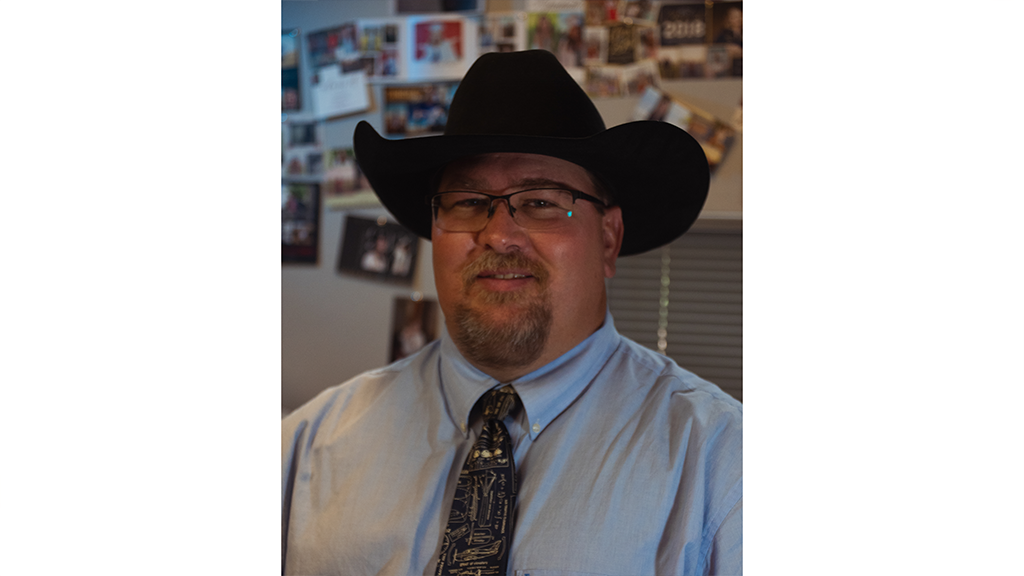
Chemistry teacher Ty White is using his platform as National Rural Teacher of the Year to highlight the joys and challenges of teaching in small-town America—in White’s case, Willcox, Arizona. Nestled in the state’s southeast corner, the ranching and farming community is about 90 minutes from the Mexico border.
At Willcox High School (enrollment, 400), the 16-year teaching veteran is known for his dedication in and out of class—sponsor of the Chemistry Bowl and the science club, coach of the Space Settlement Design Competition, a leader of the Willcox Unified School District’s STEM program, and a trusted mentor and advisor —among other contributions.
Rural schools share common challenges with many urban and suburban schools, including teacher and staff shortages, insufficient resources and funding, and students’ increasing need for social-emotional support, says White, who also is the Arizona Teacher of the Year. He spoke to ASBJ’s Michelle Healy about equity and access in rural schools.
(This interview was edited for length and clarity.)
Are there unique challenges as a science educator in a rural community?
If there was a good thing to come out of COVID, it was that we found ways to help education remotely. I’m grateful for that because there are only so many engineers, so many Ph.D. scientists, so many experts from around here that I can ask to come speak to my class. The SciTech Institute in Phoenix creates amazing opportunities for students, but that’s three hours away. I’m thankful they’ve done activities with us remotely. That’s just one of those access issues where rural communities can use more support. It is, however, an exciting time because we’re finally starting to see some initiatives that want to support STEM in rural communities. But it’s like rain after a drought; it’s just not sufficient.
What’s missed when discussing the teacher shortage?
Not only does the limited number impact the workload on the teachers you have, but it also means a limited number of people to be role models for kids. It’s hard to help kids see that they belong in that school, that they have a place there. Representation is more profoundly lacking sometimes in rural communities.
Why do you advocate for social-emotional learning?
I love the SEL programming that’s starting to come up.
Everyone keeps telling me kids are different today, but I think they’re not. It’s that we’re recognizing the kids who before fell through the cracks. Where I grew up, in Globe, Arizona, a lot of my friends dropped out because they didn’t know how to handle the stresses in their lives. Or they couldn’t find a place for themselves in school. Today, being able to provide those equitable opportunities, those points of access for kids that were falling out of the system before, is one of the things I’m really proud of as a teacher.
Does equity in rural education get enough attention?
I think we’ve long ignored it. I’m grateful that there’s a shift in that direction, more attention to providing more equity and more access for rural schools, as well as other schools. We’re recognizing students’ needs, and we’re taking steps to act on them. If we can show kids who otherwise fall through the cracks that there are opportunities for them, we help everybody.
PHOTO COURTESY OF TY WHITE

Share this content